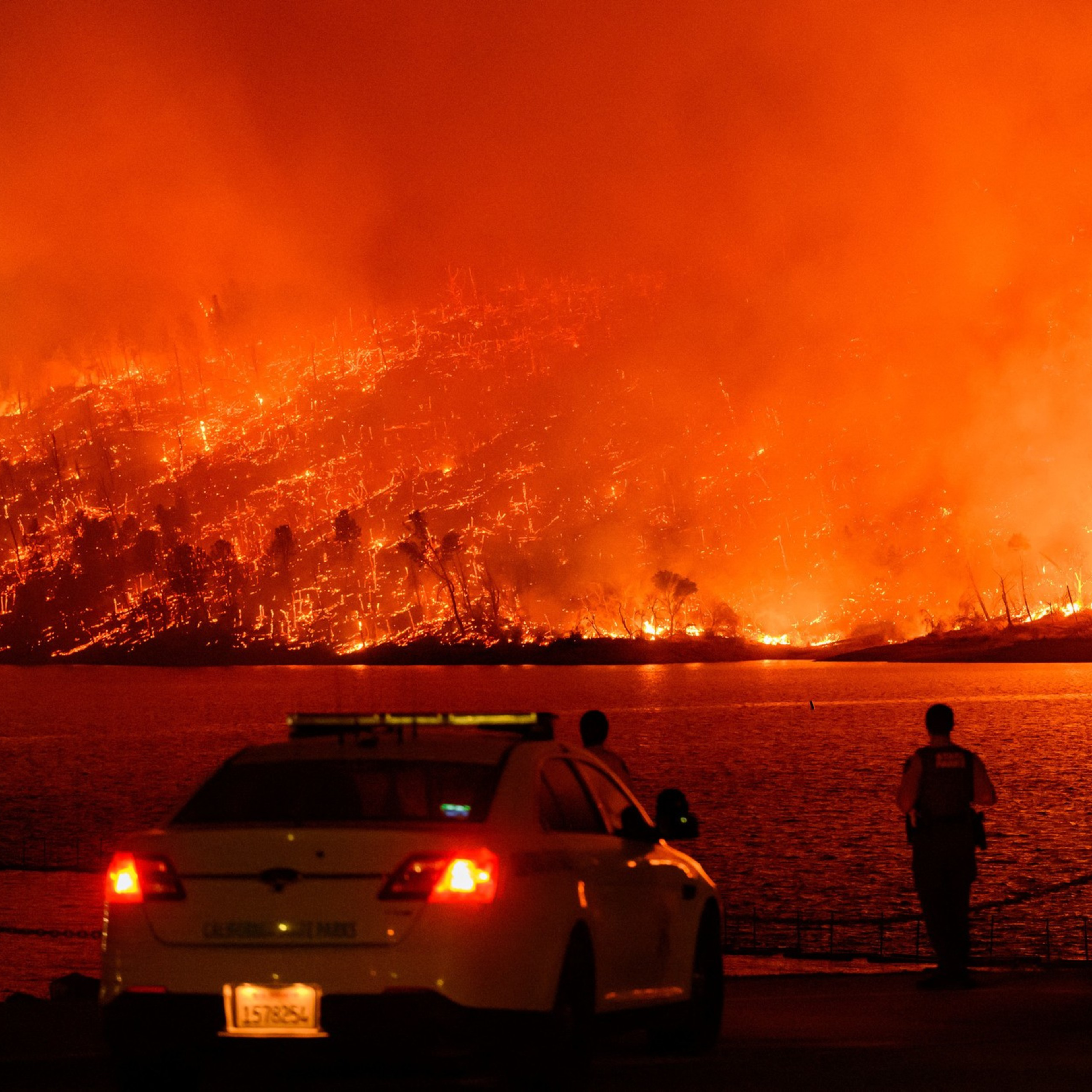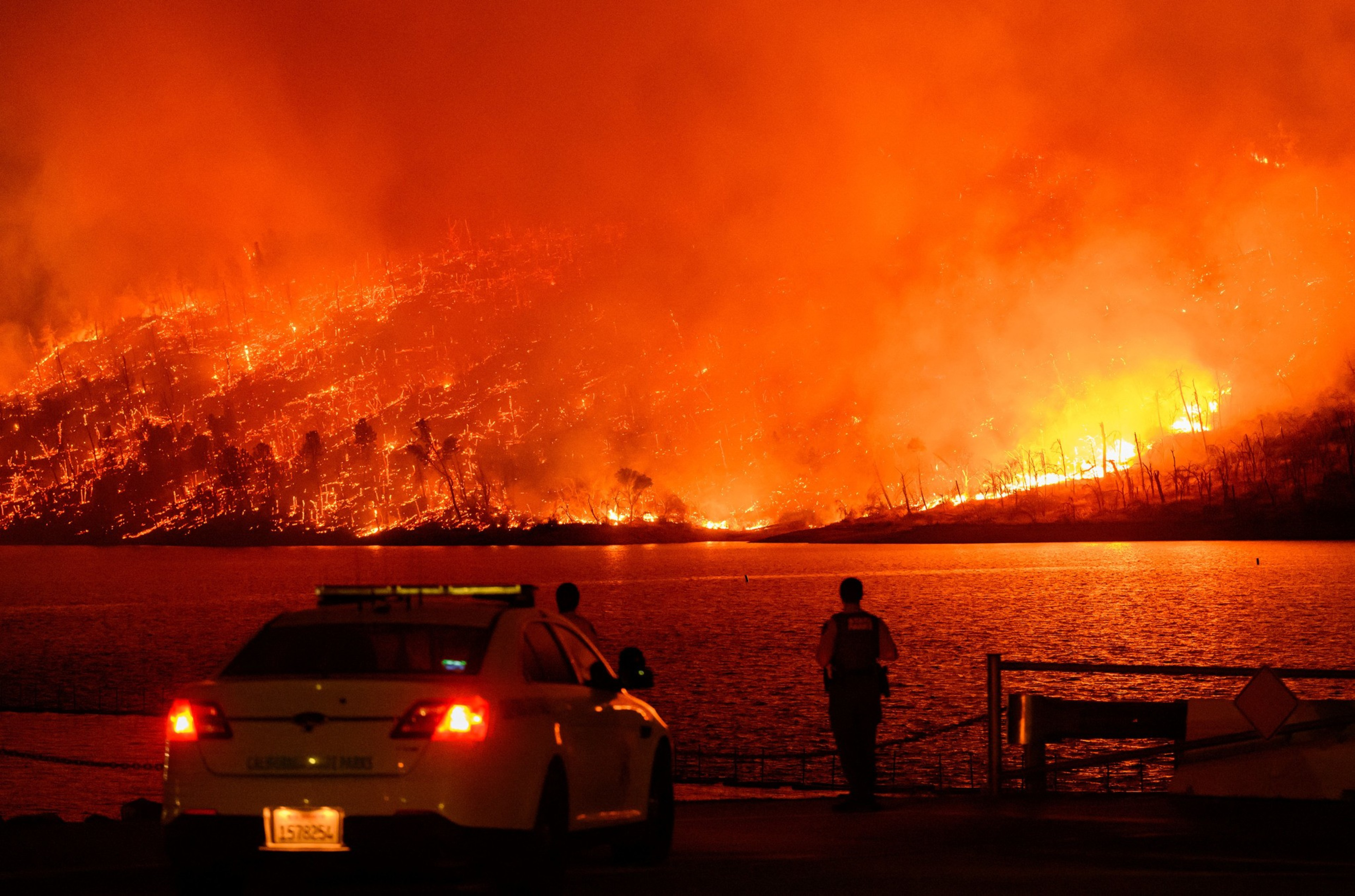Barely a day after it began late Tuesday morning, the Thompson Fire exploded in size (opens in new tab) to more than 3,500 acres, causing widespread evacuations in Butte County that only began to lift Thursday. As of Friday morning it had grown only slightly, to less than 3,800 acres, at 46% containment. No deaths have yet been reported.
Nonetheless, the blaze remains a serious threat, made worse by the triple-digit temperatures that have gripped much of California. According to Cal Fire, more than 1,400 personnel (opens in new tab) have been dispatched to combat the fire, which is encroaching upon the northern edges of Oroville, leading to evacuation orders for 28,000 residents (opens in new tab). At least four structures have been confirmed destroyed, with thousands more at risk.
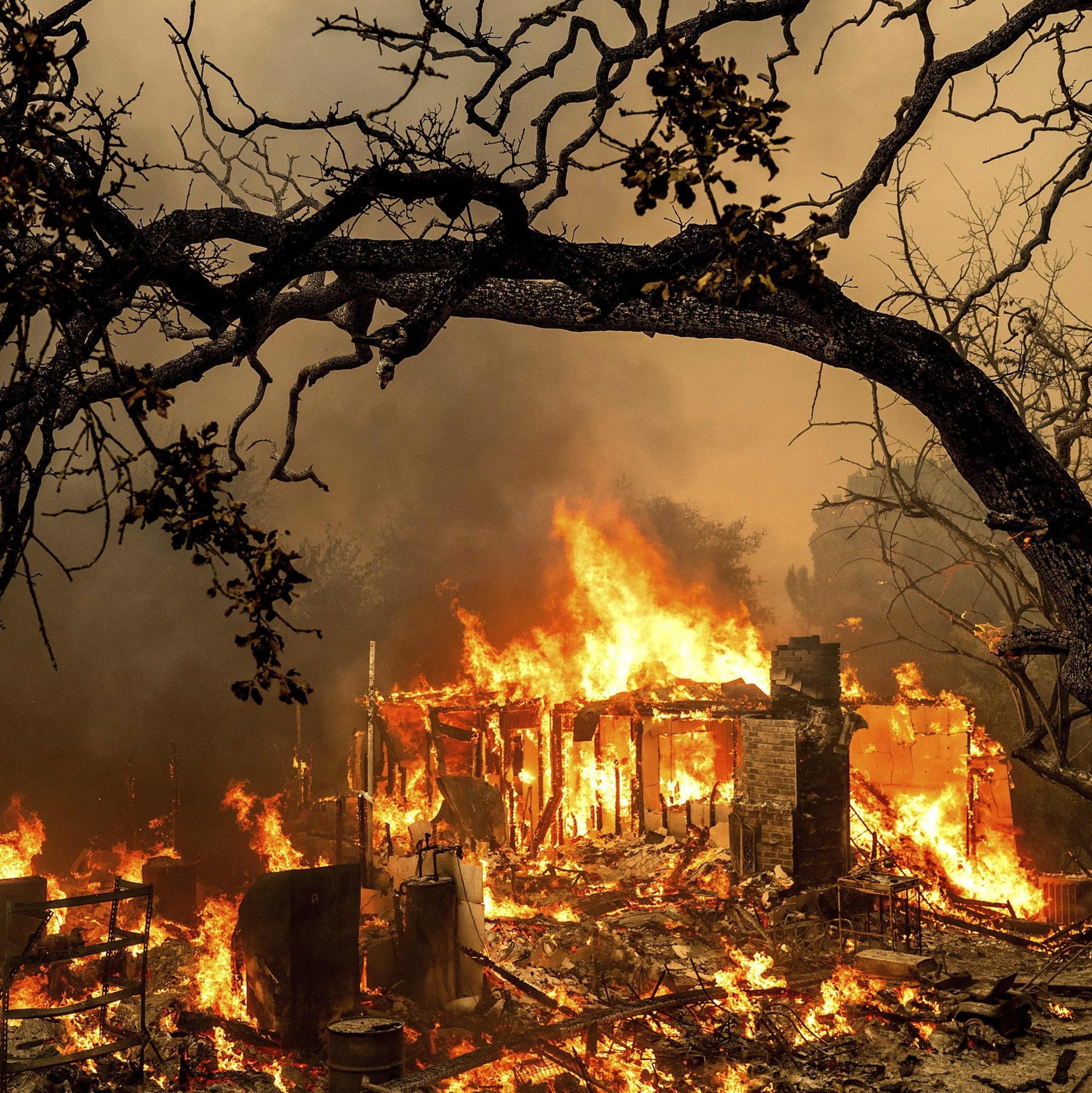

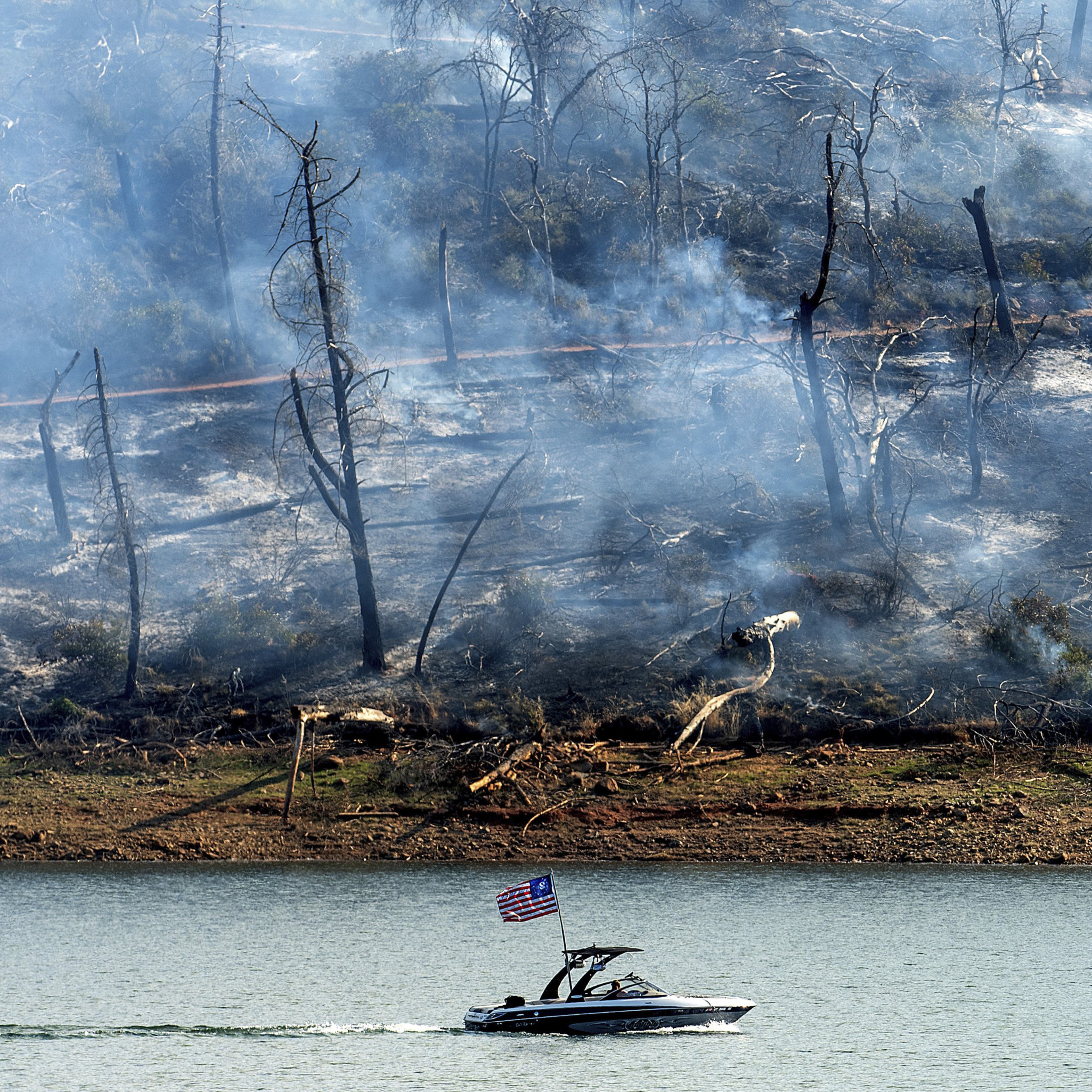

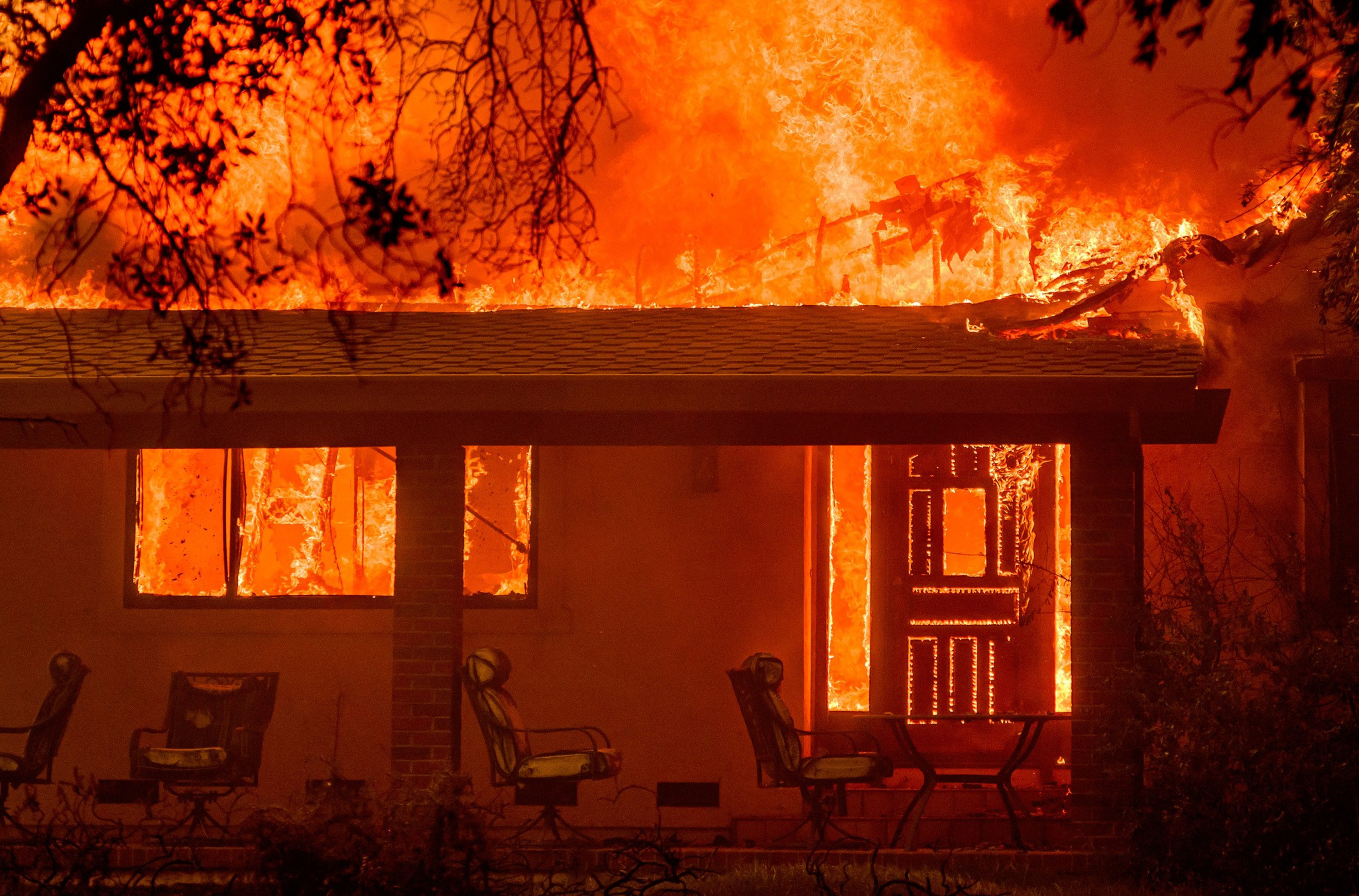
Barely a week after the comparatively minor Apache Fire scorched much of the same area, the Thompson Fire has already spread to both sides of the Feather River, immediately west of Lake Oroville. The affected zone, near where the Sierra Nevada foothills meet the Central Valley, also contains the picturesque Table Mountain, a picturesque basalt mesa south of Chico that’s a year-round hotspot for wildflowers and wildlife-viewing.
Notably, Oroville Dam, the tallest dam in the U.S. and the site of a 2017 near-disaster when heavy rains damaged two spillways, is very close to the fire’s perimeter as of early Wednesday afternoon.




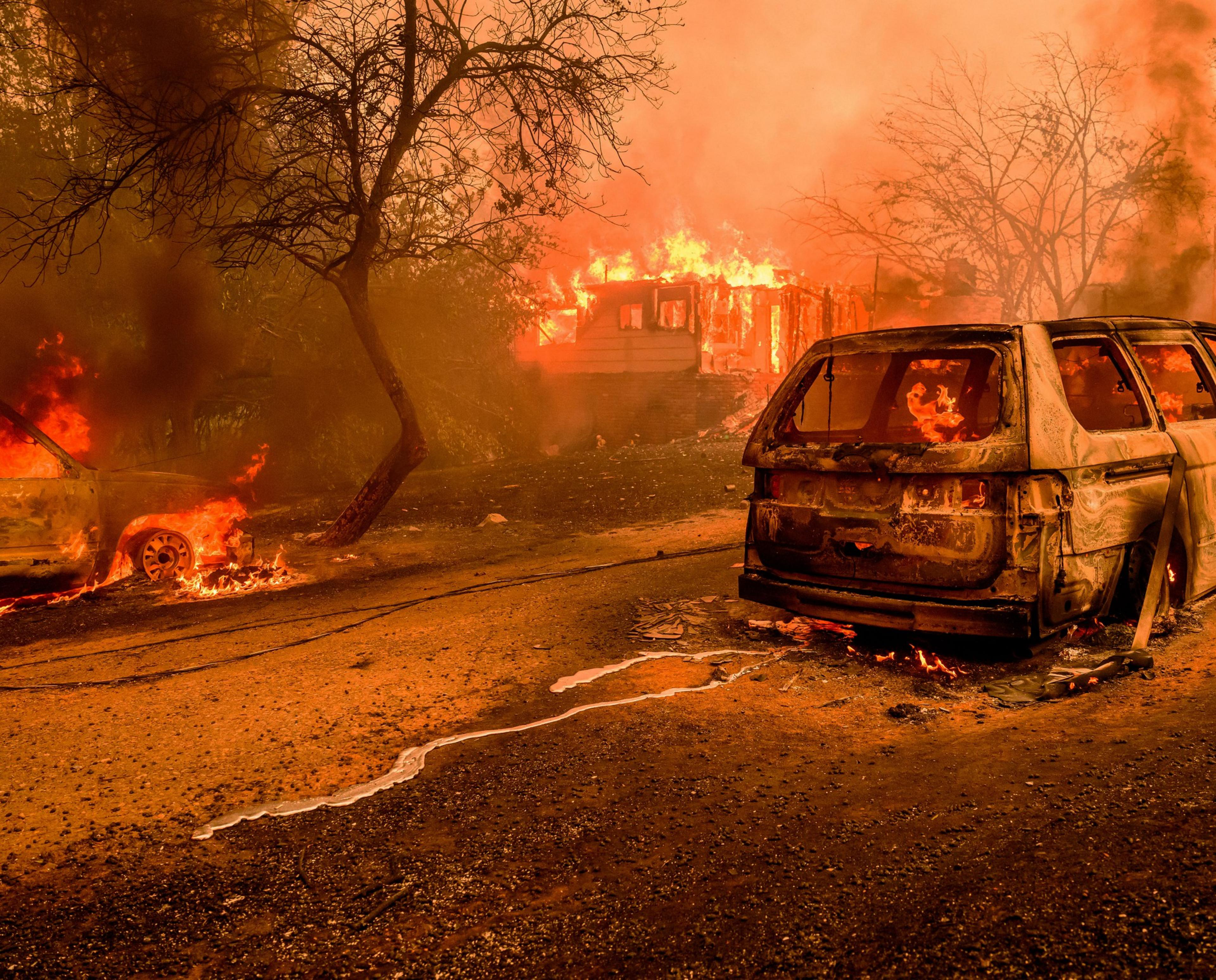
The November 2018 Camp Fire swept through the foothills to the northeast of the Thompson fire’s footprint, incinerating the towns of Paradise and Magalia and causing 85 fatalities. It remains the deadliest blaze in California history.
This story has been updated with additional details about the fire.
